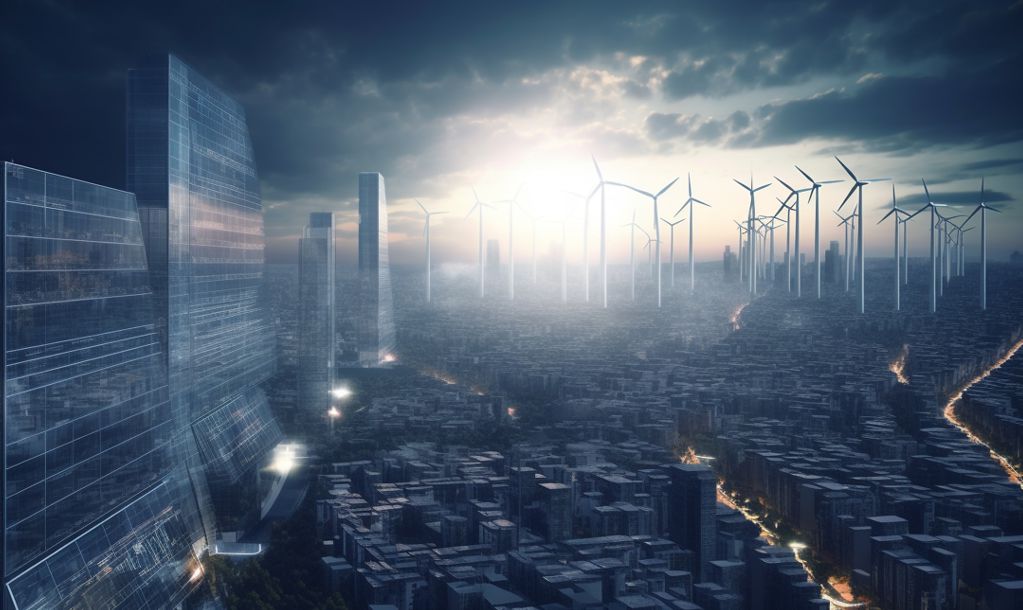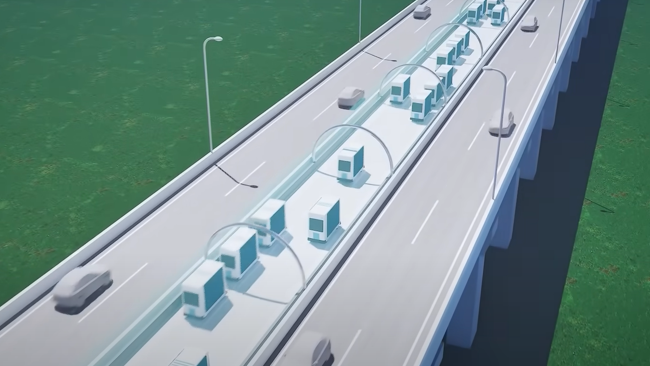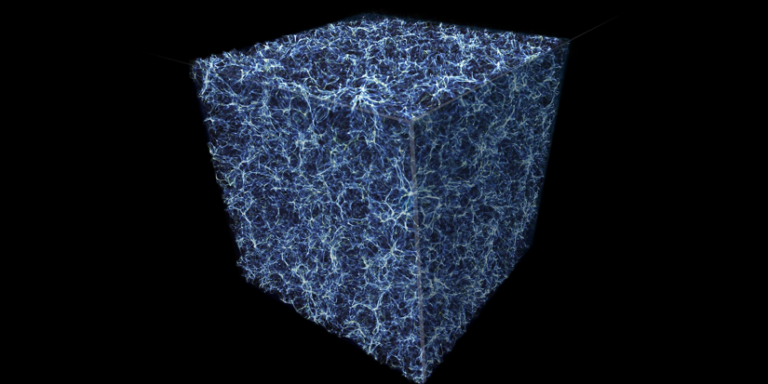
Smart grids represent a transformative evolution in the way we generate, distribute, and manage electricity. Unlike traditional grids, which operate on a one-way flow of power from centralized sources to consumers, smart grids incorporate advanced technology to enable bidirectional communication and control. These systems leverage digital technology, sensors, and automation to optimize energy efficiency, enhance reliability, and integrate renewable energy sources seamlessly. Smart Grids are the future of energy infrastructure.

Key Components and Features
Smart grids consist of various key components and features. Advanced metering infrastructure (AMI) allows for real-time monitoring of energy consumption at the consumer level, providing insights for better energy management. Distribution automation systems automatically detect and respond to faults, reducing downtime and improving grid reliability. Additionally, smart grids facilitate demand response programs, allowing utilities and consumers to adjust energy consumption during peak demand periods, which benefits both the grid and individual households.
Benefits of Smart Grids
The adoption of smart grids brings a host of benefits. Improved reliability and reduced outage times result in fewer disruptions for consumers. The integration of renewable energy sources, such as solar and wind, is more seamless, leading to a cleaner energy mix and reduced carbon emissions. Energy efficiency gains help lower costs and decrease energy waste. Moreover, smart grids enable more efficient load balancing, which is crucial as the energy landscape evolves with the proliferation of electric vehicles and decentralized energy sources.
Enhanced Grid Security and Resilience
Security and resilience are paramount in today’s interconnected world. Smart grids incorporate robust cybersecurity measures to protect against cyber threats, ensuring the integrity and reliability of the grid. In addition, they enhance grid resilience by allowing for rapid detection and response to disruptions, whether caused by natural disasters or human factors. Microgrids, a subset of smart grids, can operate independently in case of a grid outage, providing critical services during emergencies.
Smart Grids are the future of energy infrastructure
While smart grids hold immense promise, their deployment is not without challenges. Upgrading existing infrastructure can be costly and time-consuming. Data privacy and security concerns must be carefully addressed. Furthermore, ensuring equitable access to smart grid benefits for all consumers remains a priority. In the future, continued innovation and collaboration among stakeholders will be essential. Smart grids are a cornerstone of the transition to a sustainable energy future, where clean, reliable, and efficient energy systems play a central role in addressing the world’s energy needs and environmental challenges.






